Iodine and Thyroid: A Balancing Act

Iodine and Thyroid Health: Many nutrients are important for thyroid health. In this week’s post I will review the most crucial nutrients and some of the latest research on how deficiencies and excesses can lead to many forms of thyroid disease and Hashimoto’s autoimmune thyroiditis in particular.
I’m focusing on the latest research available because science is still trying to uncover the intricacies of how these nutrients factor into thyroid health and disease. In particular, I’ll talk about the relationship between iodine, selenium, and the thyroid, which is a particular area of contention among many health professionals. Although the data are still not conclusive, new research just in the last few years has illuminated more about how these nutrients factor into thyroid disease. Keep reading to learn more about iodine, selenium, and other nutrients that are crucial for thyroid health. We’ll start with the most well known thyroid nutrient, iodine.
Iodine and Thyroid Health: Goiter and hypothyroidism
Iodine is a trace mineral that is best known for its role in thyroid health. Iodine deficiency is strongly implicated in thyroid disease and goiter, which is an enlargement of the thyroid gland that results in swelling of the neck around the thyroid gland. Goiters used to be fairly common in the United States, especially in the midwest, which was given the less-than-charming nickname of the “goiter belt.” Because soil in inland areas of the continent lacks iodine, people living in the “goiter belt” consumed very little dietary iodine, resulting in rampant thyroid disease and goiter.
Today, iodine deficiency is still the leading cause of preventable physical and mental retardation in the developing world. In the United States and other developed nations, extreme iodine deficiency is rare, thanks primarily to the addition of iodine to table salt. Increased consumption of iodine is also considered a primary explanation for the rapid rise in IQ that took place in the United States beginning in the 1930s, referred to as the Flynn effect (1). This hypothesis is supported by a meta-analysis which found that Chinese children supplemented with iodine displayed a 12-point IQ increase when compared to iodine-deficient peers (2).
Although adding iodine to table salt has resulted in considerable improvements to health, there are also drawbacks, especially when iodine intake becomes excessive. Another primary factor is the status of selenium, another trace mineral that is also strongly implicated in thyroid health. Today, the relationship between iodine, selenium, and thyroid health is still being illuminated. Keep reading to learn more!
A brief history of iodized salt
Before we get into what modern science says about iodine, selenium, and the thyroid it’s interesting and helpful to learn a little about the history of iodine fortification and the impact it has had on health.
In the early 20th century, the Swiss military observed that men conscripted into military service from alpine areas of the country with low iodine content in the soil were shorter and much more likely to have goiters than their peers from western parts of the country. In fact, the percentage of men considered unfit for military service due to goiter was more than 10% higher in the alpine foothills of the Alps than areas like Geneva with iodine-rich soil.
The Swiss introduced the world’s first iodized salt program in 1922, which resulted in drastic reduction in goiter and cretinism, also known as congenital hypothyroidism, which results in physical and mental retardation, as well as short stature. Differences in height and prevalence of goiter between the western regions of Switzerland and the alpine foothills of the Alps rapidly closed over the course of the 1920s, thanks to increased iodine intake in the alpine regions (3).
Following the example of the Swiss, the United States introduced its own iodized salt program in 1924, when the Morton Salt Company began fortifying table salt (sodium chloride) with potassium iodide. This public health initiative drastically reduced the incidence of goiter in the midwest “goiter belt.”
To Read About Blog Topic, Scroll Down
Want To Work With Our Clinic?
Do you have a chronic or mystery illness that no one has been able to help you with? Are you simply wanting to re-connect with a healthier version of yourself? It’s Time To Finally Feel Better!
The hypothalamus-pituitary-thyroid axis
In last week’s article I discussed the HPA (hypothalamus-pituitary-adrenal) axis and its role in the stress response and blood sugar balance. In similar fashion, the thyroid is also governed by the pituitary gland, which in turn is regulated by the hypothalamus. This is referred to as the hypothalamus-pituitary-thyroid axis, which maintains adequate levels of thyroid hormone in the blood.
The hypothalamus monitors blood levels of thyroid hormone and when levels drop too low, the hypothalamus releases thyroid releasing hormone (TRH). TRH stimulates the pituitary gland to increase secretion of thyroid stimulating hormone (TSH), which prompts the thyroid to release more T3 and T4. Through a negative feedback loop, the hypothalamus halts secretion of TRH when serum thyroid hormones regain adequate levels.
Iodine and Thyroid Health
Since the 1920s, science has further illuminated the role of iodine and thyroid health. Although iodized salt has resulted in marked improvements in thyroid health, excessive iodine intake can be problematic as well, especially in autoimmune thyroid conditions like Hashimoto’s. The thyroid gland is by far the largest holder of iodine in the body.
The thyroid synthesizes thyroid hormones triiodothyronine (T3) and thyroxine (T4) from iodine and the amino acid tyrosine. The thyroid gland produces about 80% T4, which is the “inactive” form, and 20% T3, active thyroid hormone. The difference between the two is simply that T4 is made from tyrosine combined with four iodine molecules, whereas T3 is tyrosine and three iodine molecules. The body strips the last iodine molecule off T4 hormones to form the active T3 form to use as needed. Keep reading to learn more, as I will go into a more detailed description of the biochemistry underlying this process shortly.
Iodine and Thyroid: enough, but not too much
Although iodine deficiency has long been known to be a causative factor in thyroid disease and goiter, excessive iodine intake can be a problem as well. Research has demonstrated that high iodine intake is associated with an increased prevalence of hypothyroidism. A 2014 study on 146 Chinese men and women with subclinical hypothyroidism (SCH), restricting iodine intake resulted in decreased TSH levels (4). Another Chinese study from 2006 produced similar results and found that excessive iodine intake resulted in an increased risk of hypothyroidism and autoimmune thyroiditis (5). Another important factor in thyroid health that appears to modulate excessive iodine intake is selenium status, which I will discuss in more detail shortly.
Hashimoto’s Thyroiditis
Hashimoto’s thyroiditis is a primary form of autoimmune hypothyroidism, which was first described by Japanese physician Hakaru Hashimoto in 1912. Hashimoto’s is diagnosed by the presence of two thyroid antibodies, anti-thyroid peroxidase (TPOAb) and anti-thyroglobulin (TgAb). These antibodies are used in conjunction with other markers typically used to identify non-autoimmune thyroid disease, including TSH, free T4, and T3 and reverse T3.
Hashimoto’s is the most common autoimmune disease today (6) and is also the most common cause of primary hypothyroidism in iodine-sufficient areas (7). Hashimoto’s thyroiditis is also associated with an increased risk of primary thyroid lymphoma and papillary thyroid cancer (8). Hashimoto’s is believed to develop in genetically susceptible individuals who are exposed to certain environmental factors that increase immunogenicity of thyroid auto-antigens, enhance antigen presentation in the thyroid gland and reduce self-tolerance.
As a result, Th2 and Th27 immune responses predominate and commonly present as an increased Th2/Th2 ratio. In addition, production of pro-apoptotic cytokines increases, which results in thyrocycte apoptosis, or thyroid cell death. Eventually, this can lead to destruction of the thyroid gland. Some primary environmental factors implicated in the development of Hashimoto’s include high iodine intake, selenium deficiency and infection (9).
Although adequate iodine is necessary for thyroid health, excessive iodine intake appears to be implicated in autoimmune thyroiditis, especially in the absence of sufficient selenium. High iodine often makes Hashimoto’s patients feel better for a short time, but can contribute to the autoimmune attack on the thyroid (10). And the benefits are often short-lived, with iodine therapy leaving many Hashimoto’s patients feeling worse than they did after only 3-4 weeks on iodine, likely because of iodine’s tendency to ramp up the immune attack on the thyroid.
Thus far we’ve primarily been talking about iodine and its role in thyroid disease. But thyroid disease is not as simple as optimal levels of a single nutrients. As we’ll see next, other nutrients like selenium play a significant role in thyroid health as well.
Selenium, Iodine and Thyroid Health
Selenium status is an important factor for general health and deficiency increases an individual’s risk of developing many major diseases, including cancer, cardiovascular disease, and diabetes mellitus (11). Like iodine, selenium is more highly concentrated in the thyroid gland than any other tissue of the body. In fact, the thyroid is able to preferentially retain its selenium even in cases of severe deficiency, resulting in loss in other body tissues (12).
Selenium is a trace mineral that plays a significant role in thyroid health through several mechanisms. It is a building block for several selenoprotein enyzmes, which are proteins made from selenium and the amino acid cysteine. One primary such category of enzymes are the iodothyronin deiodinase enzymes, which catalyze the conversion of inactive T4 to the active thyroid hormone, T3. In particular, the deiodinases DIO1 and DIO2 activate T4 to T3 by removing the 5′-iodine. In contrast, DIO1 and DIO3 enzymes can prevent T4 from being activated by instead converting it to reverse T3 (13).
Other important selenium-dependent enzymes related to thyroid health are glutathione peroxidases, which catalyze the conversion of dangerous hydrogen peroxide into water, which protects the thyroid gland from damage. GPx3 and GPx1 catalyze this reaction, and GPx4 removes excess lipid hyperperoxides in the mitochondria, protecting the mitochondria from damage (14).
A third selenoprotein enzyme is Selenoprotein S (SELENOS), which is involved in controlling the inflammatory response in the endoplasmic reticulum. A 2014 Portuguese study found that a SELENOS – 105G/A promoter polymorphism (rs28665122) was strongly associated with increased levels of circulating cytokines interleukin 1 beta, IL-6, and tumor necrosis factor alpha. These cytokines are all known to be involved in Hashimoto’s pathogenesis (15).
Although the science is far from settled, some research suggests that adequate selenium status is protective against Hashimoto’s and excessive iodine intake. One Chinese study compared two counties with differing selenium intake and found that pathological thyroid conditions were significantly lower in the county with adequate selenium intake. The researchers also measured serum selenium and found that a higher serum selenium was associated with lower odds of autoimmune thyroiditis. Both counties had a higher than adequate iodine intake, which presumably accounted for the high level of thyroid disease, at least in part. In short, this study suggests adequate selenium status may be protective against thyroid disease resulting from high iodine intake (16).
In addition to iodine and selenium, a third nutrient important for thyroid health is iron.
Iron
Iron is an essential major mineral which plays many significant roles in the body’s metabolic processes, primarily through its role in hemoglobin and iron-containing enzymes. In the thyroid, iron is required for the proper function of TPO, an enzyme that is intimately involved in the synthesis of both T3 and T4. Consequently, iron deficiency reduces thyroid hormone production by decreasing the activity of TPO (17).
Furthermore, Hashimoto’s patients with subclinical hypothyroidism have lower serum iron concentrations and an elevated rate of iron deficiency compared to healthy controls (18)(19). In addition, there is a high comorbidity between Hashimoto’s and other autoimmune conditions like celiac disease, which can lead to poor absorption of dietary iron due to hypochlorhydria, or low stomach acid, that is associated with celiac disease (20). An important caveat, however, is that excess supplemental iron can contribute to oxidative stress and some forms of cancer (21).
Food sources for Iodine and Thyroid Health
Iodine: Primary food sources of iodine are sea vegetables, which are eaten liberally by many Asian cultures, but not often in the West. Some examples include dulse, kelp, kombu and nori. Other foods high in iodine include sea scallops, cod, shrimp, sardines, and dairy products. And of course, iodized salt is a primary source of iodine for many Americans. It’s important to remember that the iodine in iodized salt is somewhat unstable, especially when stored in warm and humid conditions, so salt stored under these conditions may contain considerably less iodine than was originally fortified.
As mentioned earlier, more is not always better when it comes to iodine, especially for people with Hashimoto’s, who may benefit from iodine restriction. The best way to evaluate iodine status is by undergoing a provoked urine iodine concentration (UIC) test. This is the preferred method and tends to be a more accurate representation of iodine status than serum levels. Hashimoto’s patients may want to restrict, rather than emphasize these foods.
People with Hashimoto’s who have not responded to other treatments may benefit from restricting iodine. According to the NIH, the low limit to prevent iodine deficiency is 100mcg and the tolerable upper limit is 1,100mcg. Some Japanese research suggests that intake above 450mcg per day is associated with a higher incidence of hypothyroid and thyroid autoimmunity. See below for more specific recommendations.
Selenium: Brazil nuts are widely considered to be the best food source for selenium, although levels vary widely depending on the soil in which they are grown. Selenium content can vary from 0.03 to 512mg/kg, and Brazil nuts are also high in barium (22). The next best food sources of selenium are organ meats and seafood, followed by muscle meats, cereals and grains. One study reports that in the United States, grains such as wheat provide about 37% of dietary selenium (23). However, Americans may not be getting as much selenium from wheat as they think, as the bioavailability of selenium in wheat products may be significantly lower unless the wheat is soaked and sprouted to unbind the selenium from phytate inhibitors.
Selenium appears to help offset excessive iodine intake, but excessive selenium intake can be problematic as well. Selenium toxicity can result in alopecia, dermatitis, squamos cell carcinoma, and even type 2 diabetes (24)(25)(26). It is difficult to give appropriate dosage recommendations, especially for Hashimoto’s patients. Conservative recommendations in the literature range from 50-100 mcg/day, whereas others recommend up to 200mcg (27). With that being said, it is interesting to note that some studies have shown that selenium supplementation when combined with levothyroxine in hypothyroid Hashimoto’s patients can reduce TPOAbs, inflammatory cytokines, and C-reactive protein more than levothyroxine alone (28) (29).
Iron: This is another nutrient that, although necessary for thyroid function, can be deleterious to health in high doses. Good food sources of iron include grass-fed beef and lamb, liver, sardines, and dark leafy greens like spinach, Swiss chard, beet greens and collard greens. Other good sources are turmeric, parsley, asparagus, sesame seeds, and many beans such as garbanzo, lima, navy, and kidney. Another way to get iron is to cook food in a cast iron skillet. We are hesitant to recommend iron supplements unless we are sure a patient is deficient because they can be constipating and contribute to free radical damage.
Action plan for Hashimoto’s patients
If you haven’t already had your thyroid function evaluated, work with a functional medicine practitioner to have a full thyroid panel. Most standard thyroid panels only measure TSH, which doesn’t give a complete picture of thyroid health. When we evaluate thyroid function in our office we like to see:
- TSH
- Free T3
- Free T4
- Reverse T3
- Thyroid peroxidase (TPO) antibodies
- Thyroglobulin (Tg) antibodies
If you have a positive diagnosis of thyroid autoimmunity or hypothyroid (a large percentage of hypothyroid involves an autoimmune mechanism), consider these recommendations:
- If you have tried other therapies without positive results and iodine deficiency has been ruled out, consider temporary iodine restriction below 450mcg daily, or even below 100mcg per day.
- Supplement with 200mcg selenium or eat two Brazil nuts daily.
- Check and optimize levels of iron, zinc and Vitamin D. Confirm Vitamin D and iron with labs. For iron, check at least ferritin and preferably run a full iron panel.
If testing is not an option for you, you can start by eating a more Hashimoto’s-friendly diet and see how you feel:
- Limit iodine-containing foods (see list above) and iodized salt. Use Himalayan sea salt instead. Restricting iodine foods can be helpful for Hashimoto’s patients who have not responded to other therapies.
- Include selenium-rich foods from the list above.
- Limit goitrogen-containing foods like raw cruciferous vegetables such as broccoli and cauliflower. Opt for lightly steamed cruciferous instead.
For subclinical hypothyroidism
For people with suboptimal thyroid function but who are not on any medication, here is an action plan:
- Assess for thyroid antibodies TPO and Tg, and if that comes back positive consider the recommendations for Hashimoto’s autoimmune thyroid above.
- Assess for iodine deficiency by looking at diet and supplements. If there is no iodized salt intake, little to no dairy, little to no seaweed, and minimal seafood, consider iodine supplementation. This is best performed in conjunction with a urine iodine concentration test. Remember be very careful when considering iodine and thyroid health.
- Supplement only under the guidance of a skilled functional medicine practitioner and always add selenium together with iodine supplements. Never exceed 15mg iodine without a very good reason.
- Watch closely for thyroid symptoms while supplementing iodine.
- Assess for iodine excess by looking at diet and supplements.
- Consider selenium supplementation at about 200mcg or two Brazil nuts daily.
- Consider iron, zinc and Vitamin D status and optimize these nutrients.
- Be very cautious with iron supplementation and do this only under the guidance of a skilled functional medicine practitioner with labs to confirm ferritin levels. Preferably, run a full iron panel.
In conclusion for iodine and thyroid health.
Thyroid disease, and Hashimoto’s in particular, are very common and rates appear to be on rise. Women are especially susceptible to thyroid disease, for reasons that are not totally understood. But by taking preventative measures, people can sometimes avoid the development of thyroid disease in the first place. In addition, those who have already been diagnosed, and even people on levothyroxine or other medication can take steps to improve their thyroid health through diet and supplementation.
Want Help with your Thyroid?
We offer free health evaluation calls (button on left below) to help determine if our medical practice is a fit. If you are a clinician and want to advance your training, you can get learn more about becoming certified in functional medicine by clicking the button on the right below.
Book My Free Phone Health Evaluation Functional Medicine Certification for Clinicians
References
- Feyrer, James, Dimitra Politi, and David Weil. “The Cognitive Effects of Micronutrient Deficiency: Evidence from Salt Iodization in the United States.” (2013): n. pag. Web.
- Qian, M., D. Wang, W. E. Watkins, V. Gebgski, Y. Q. Yan, M. Li, and Z. P. Chen. “The Effects of Iodine on Intelligence in Children: A Meta-analysis of Studies Conducted in China.” Asia Pacific Journal of Clinical Nutrition 14.1 (2005): 32-42. Web. 16 June 2017.
- Greenhill, J.p. “Reduction of Deafness and Dumbness in Switzerland as Result of Goiter Prophylaxis with Iodized Salt.” American Journal of Obstetrics and Gynecology 52.4 (1946): 699. Web.
- Joung, Ji Young, Yoon Young Cho, Sun-Mi Park, Tae Hun Kim, Na Kyung Kim, Seo Young Sohn, Sun Wook Kim, and Jae Hoon Chung. “Effect of Iodine Restriction on Thyroid Function in Subclinical Hypothyroid Patients in an Iodine-Replete Area: A Long Period Observation in a Large-Scale Cohort.” Thyroid 24.9 (2014): 1361-368. Web.
- Teng, Weiping, Zhongyan Shan, Xiaochun Teng, Haixia Guan, Yushu Li, Di Teng, Ying Jin, Xiaohui Yu, Chenling Fan, Wei Chong, Fan Yang, Hong Dai, Yang Yu, Jia Li, Yanyan Chen, Dong Zhao, Xiaoguang Shi, Fengnan Hu, Jinyuan Mao, Xiaolan Gu, Rong Yang, Yajie Tong, Weibo Wang, Tianshu Gao, and Chenyang Li. “Effect of Iodine Intake on Thyroid Diseases in China.” New England Journal of Medicine 354.26 (2006): 2783-793. Web.
- Caturegli, P., A. De Remigis, and N.r. Rose. “Hashimoto Thyroiditis: Clinical and Diagnostic Criteria.” Autoimmunity Reviews 13.4-5 (2014): 391-97. Web.
- Zimmermann, Michael B., and Kristien Boelaert. “Iodine Deficiency and Thyroid Disorders.” The Lancet Diabetes & Endocrinology 3.4 (2015): 286-95. Web.
- Noureldine, Salem I., and Ralph P. Tufano. “Association of Hashimotoʼs Thyroiditis and Thyroid Cancer.” Current Opinion in Oncology 27.1 (2015): 21-25. Web.
- Pyzik, Aleksandra, Ewelina Grywalska, Beata Matyjaszek-Matuszek, and Jacek RoliÅ„ski. “Immune Disorders in Hashimoto’s Thyroiditis: What Do We Know So Far?” Journal of Immunology Research 2015 (2015): 1-8. Web.
- Leung, Angela M., and Lewis E. Braverman. “Iodine-induced Thyroid Dysfunction.” Current Opinion in Endocrinology & Diabetes and Obesity 19.5 (2012): 414-19. Web.
- Fairweather-Tait, Susan J., Yongping Bao, Martin R. Broadley, Rachel Collings, Dianne Ford, John E. Hesketh, and Rachel Hurst. “Selenium in Human Health and Disease.” Antioxidants & Redox Signaling 14.7 (2011): 1337-383. Web.
- Köhrle, Josef. “Selenium and the Thyroid.” Current Opinion in Endocrinology & Diabetes and Obesity 20.5 (2013): 441-48. Web.
- Schomburg, Lutz. “Selenium, Selenoproteins and the Thyroid Gland: Interactions in Health and Disease.” Nature Reviews Endocrinology 8.3 (2011): 160-71. Web.
- Schomburg, Lutz, and Josef Köhrle. “On the Importance of Selenium and Iodine Metabolism for Thyroid Hormone Biosynthesis and Human Health.” Molecular Nutrition & Food Research 52.11 (2008): 1235-246. Web.
- Santos, Liliana R., CecÃlia Durães, Adélia Mendes, Hugo Prazeres, Maria Inês Alvelos, Carla Susete Moreira, Paulo Canedo, César Esteves, Celestino Neves, Davide Carvalho, Manuel Sobrinho-Simões, and Paula Soares. “A Polymorphism in the Promoter Region of the Selenoprotein S Gene (SEPS1) Contributes to Hashimoto’s Thyroiditis Susceptibility.” The Journal of Clinical Endocrinology & Metabolism 99.4 (2014): n. pag. Web.
- Wu, Qian, Margaret P. Rayman, Hongjun Lv, Lutz Schomburg, Bo Cui, Chuqi Gao, Pu Chen, Guihua Zhuang, Zhenan Zhang, Xiaogang Peng, Hua Li, Yang Zhao, Xiaohong He, Gaoyuan Zeng, Fei Qin, Peng Hou, and Bingyin Shi. “Low Population Selenium Status Is Associated With Increased Prevalence of Thyroid Disease.” The Journal of Clinical Endocrinology & Metabolism 100.11 (2015): 4037-047. Web.
- Dunn, John T., and Ann D. Dunn. “Update on Intrathyroidal Iodine Metabolism.” Thyroid 11.5 (2001): 407-14. Web.
- Erdal, Muhammed, Mustafa Sahin, Adnan Hasimi, Gökhan Uckaya, Mustafa Kutlu, and Kenan Saglam. “Trace Element Levels in Hashimoto Thyroiditis Patients with Subclinical Hypothyroidism.” Biological Trace Element Research 123.1-3 (2008): 1-7. Web.
- Nekrasova, T. A., L. G. Strongin, and O. V. Ledentsova. “Hematological Disturbances in Subclinical Hypothyroidism and Their Dynamics during Substitution Therapy.” Klin Med (Mosk) 91.9 (2013): 29-33. Web.
- Sategna-Guidetti, Caria, Mauro Bruno, Enrico Mazza, Alessandra Carlino, Stefania Predebon, Milena Tagliabue, and Claudio Brossa. “Autoimmune Thyroid Diseases and Coeliac Disease.” European Journal of Gastroenterology & Hepatology 10.11 (1998): 927-32. Web.
- Zacharski, L. R., B. K. Chow, P. S. Howes, G. Shamayeva, J. A. Baron, R. L. Dalman, D. J. Malenka, C. K. Ozaki, and P. W. Lavori. “Decreased Cancer Risk After Iron Reduction in Patients With Peripheral Arterial Disease: Results From a Randomized Trial.” JNCI Journal of the National Cancer Institute 100.14 (2008): 996-1002. Web.
- Rayman, Margaret P. “Food-chain Selenium and Human Health: Emphasis on Intake.” British Journal of Nutrition 100.02 (2008): n. pag. Web.
- Cotton, Paul A., Amy F. Subar, James E. Friday, and Annetta Cook. “Dietary Sources of Nutrients among US Adults, 1994 to 1996.” Journal of the American Dietetic Association104.6 (2004): 921-30. Web.
- Lippman, Scott M., Eric A. Klein, Phyllis J. Goodman, M. Scott Lucia, Ian M. Thompson, Leslie G. Ford, Howard L. Parnes, Lori M. Minasian, J. Michael Gaziano, Jo Ann Hartline, J. Kellogg Parsons, James D. Bearden, E. David Crawford, Gary E. Goodman, Jaime Claudio, Eric Winquist, Elise D. Cook, Daniel D. Karp, Philip Walther, Michael M. Lieber, Alan R. Kristal, Amy K. Darke, Kathryn B. Arnold, Patricia A. Ganz, Regina M. Santella, Demetrius Albanes, Philip R. Taylor, Jeffrey L. Probstfield, T. J. Jagpal, John J. Crowley, Frank L. Meyskens, Laurence H. Baker, and Charles A. Coltman. “Effect of Selenium and Vitamin E on Risk of Prostate Cancer and Other Cancers.” Jama 301.1 (2009): 39. Web.
- Duffield-Lillico, A. J. “Selenium Supplementation and Secondary Prevention of Nonmelanoma Skin Cancer in a Randomized Trial.” CancerSpectrum Knowledge Environment 95.19 (2003): 1477-481. Web.
- Stranges, Saverio, James R. Marshall, Raj Natarajan, Richard P. Donahue, Maurizio Trevisan, Gerald F. Combs, Francesco P. Cappuccio, Antonio Ceriello, and Mary E. Reid. “Effects of Long-Term Selenium Supplementation on the Incidence of Type 2 Diabetes.” Annals of Internal Medicine 147.4 (2007): 217. Web.
- Hu, Shiqian, and Margaret P. Rayman. “Multiple Nutritional Factors and the Risk of Hashimoto’s Thyroiditis.” Thyroid 27.5 (2017): 597-610. Web.
- Krysiak, Robert, and Boguslaw Okopien. “The Effect of Levothyroxine and Selenomethionine on Lymphocyte and Monocyte Cytokine Release in Women with Hashimoto’s Thyroiditis.” The Journal of Clinical Endocrinology & Metabolism 96.7 (2011): 2206-215. Web.
- Duntas, L., E. Mantzou, and D. Koutras. “Effects of a Six Month Treatment with Selenomethionine in Patients with Autoimmune Thyroiditis.” European Journal of Endocrinology 148.4 (2003): 389-93. Web.
Are You Suffering From A Chronic Illness?
Does your current health situation look like this…
- Do you feel that you have tried many things and either nothing works, or the treatment does not hold?
- Have you been told that there is nothing that can be done to reverse your illness and you just need to manage symptoms?
- Does your illness impact your work, your family, your happiness and your social life?
We specialize in finding answers and solutions for complicated chronic illness when people feel like they have tried everything. If this sounds like you, book a free call with us to see if we are the right fit for your health goals.
Dr. Miles has spoken for the following organizations:

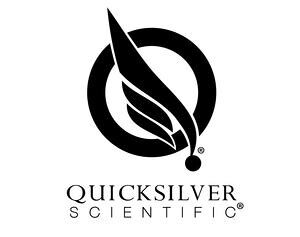


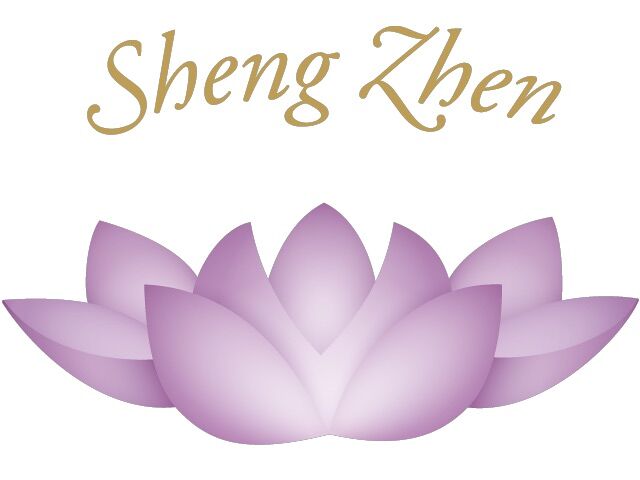
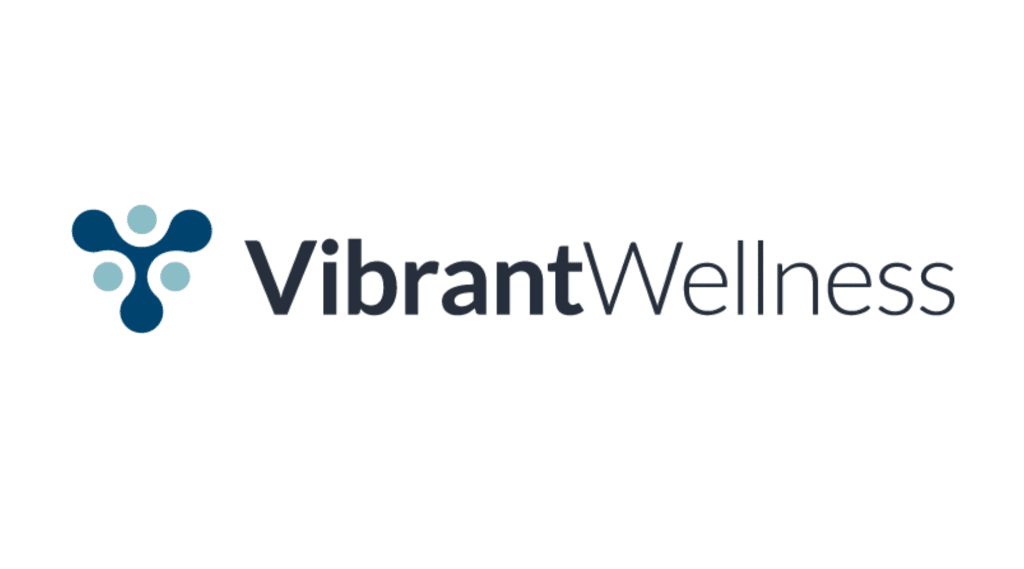





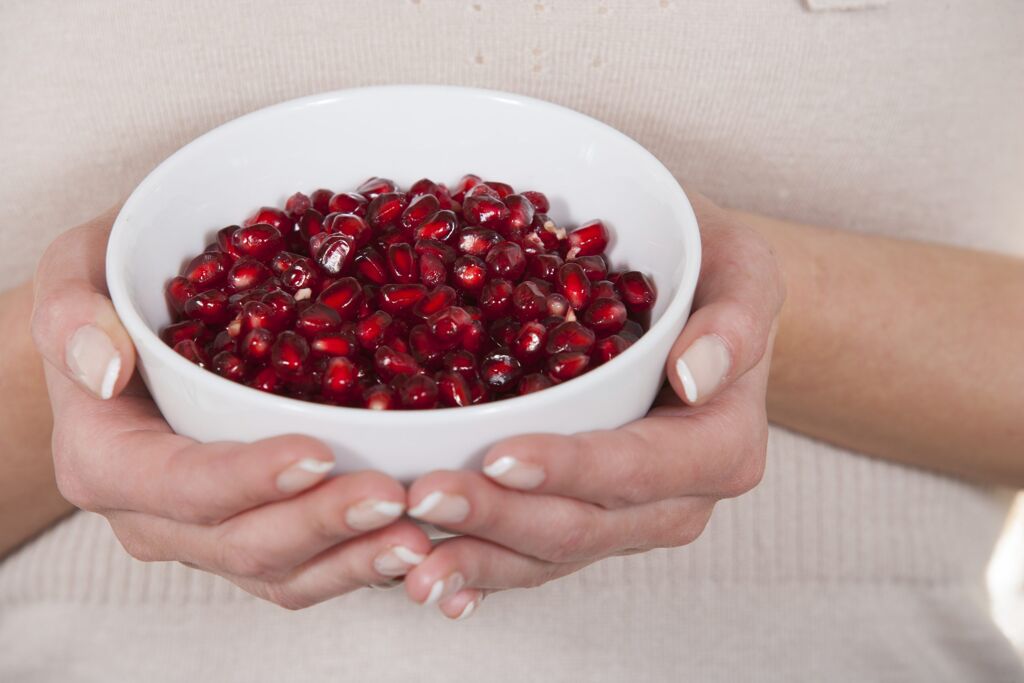


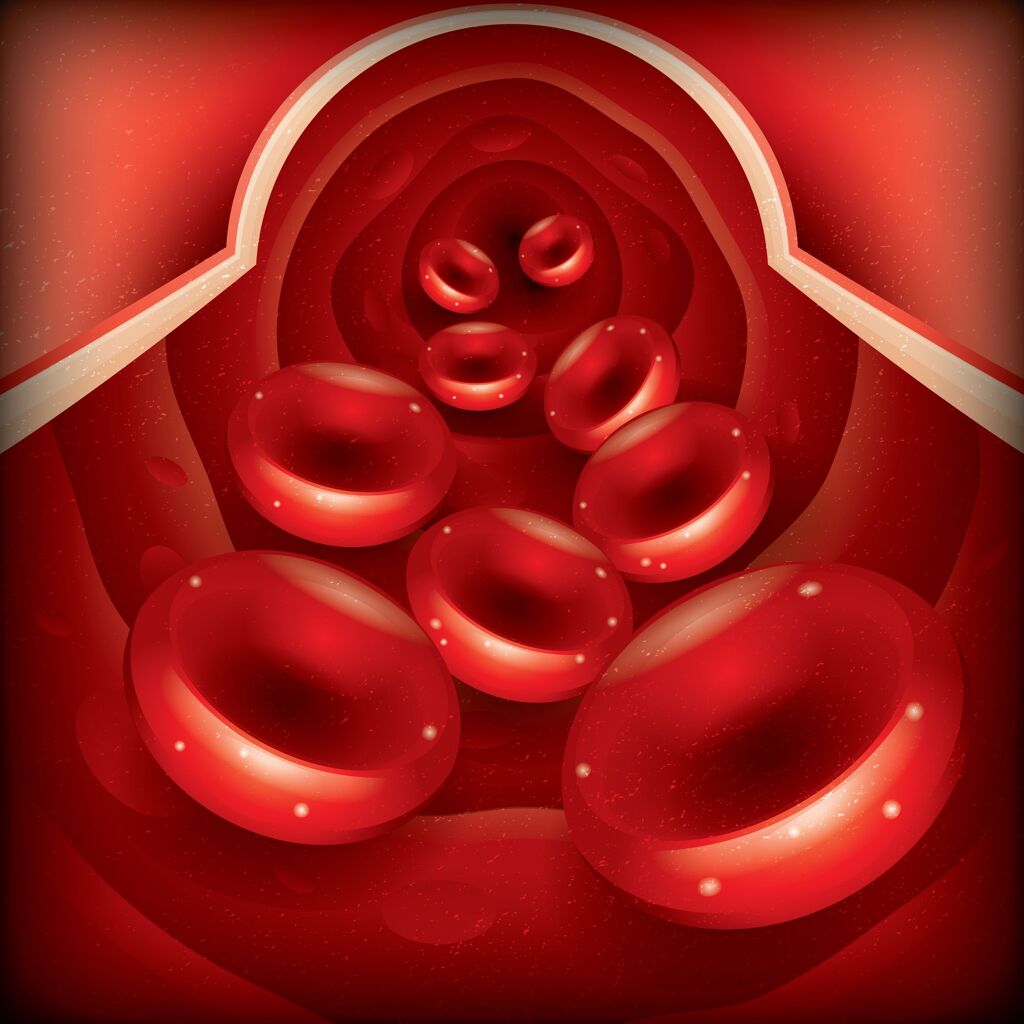
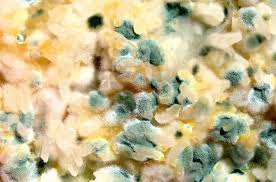


Responses